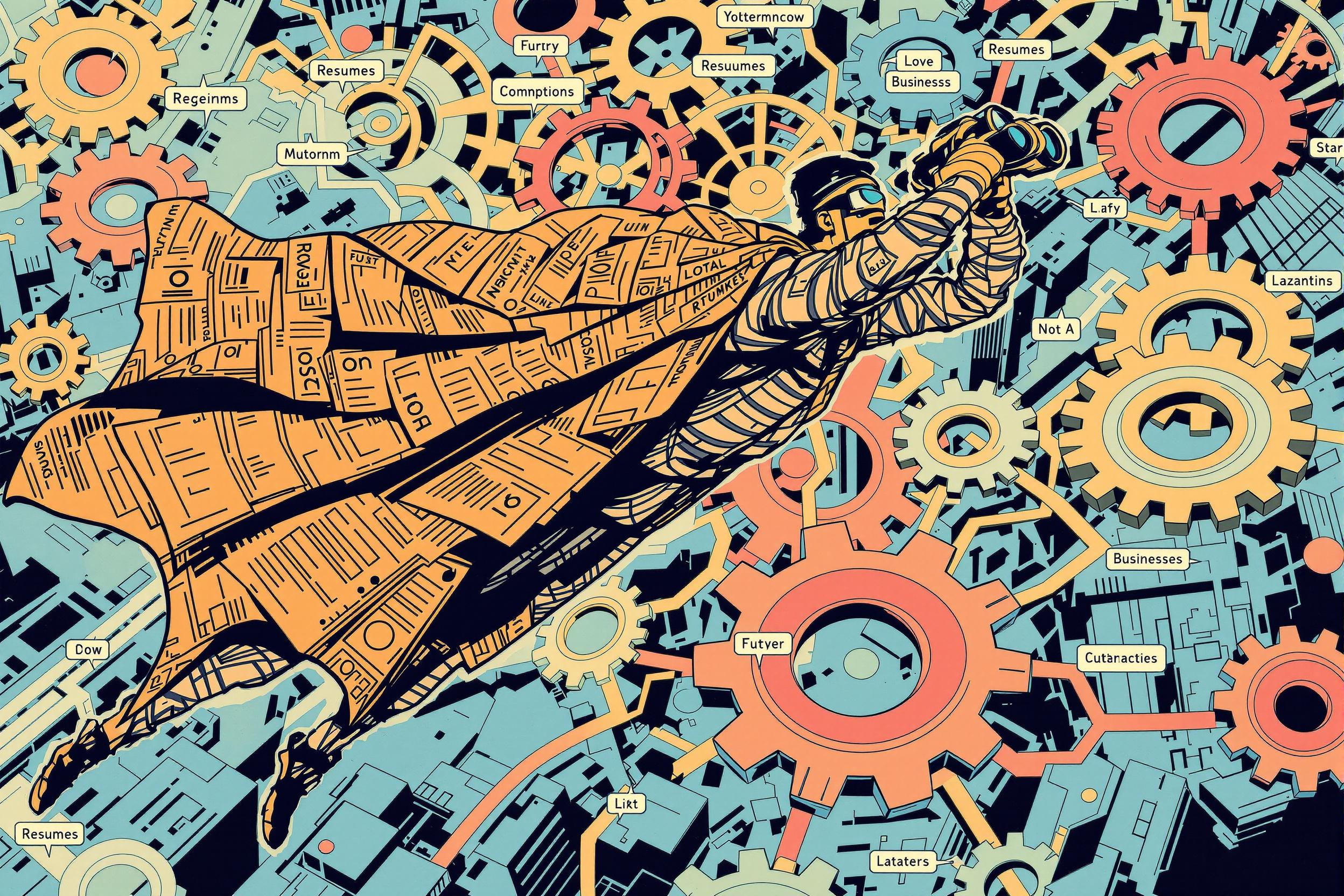
District Heating
District Heating is a system that provides heat to multiple buildings from a central source, similar to how a city water system delivers water to many homes. Instead of each building having its own heating system, hot water or steam is distributed through underground pipes from a main facility. In the context of geothermal energy production, this often means using Earth's natural heat to warm water that then heats entire neighborhoods or industrial areas. It's like a neighborhood-wide radiator system that's more efficient and environmentally friendly than individual heating systems.
Examples in Resumes
Managed implementation of District Heating system serving 2,000 residential units
Designed and optimized District Heating networks for commercial districts
Led maintenance team for municipal District Heating and District Energy infrastructure
Typical job title: "District Heating Engineers"
Also try searching for:
Where to Find District Heating Engineers
Professional Organizations
Job Boards
Professional Networks
Example Interview Questions
Senior Level Questions
Q: How would you approach optimizing an existing district heating network's efficiency?
Expected Answer: A senior professional should discuss analyzing heat loss points, improving distribution systems, implementing modern control systems, and balancing heat supply with demand while considering cost implications.
Q: What factors would you consider when planning a new district heating system for a city?
Expected Answer: Should explain considerations like population density, existing infrastructure, heat source options, environmental impact, future expansion possibilities, and economic feasibility for both providers and consumers.
Mid Level Questions
Q: What are the main components of a district heating system and how do they work together?
Expected Answer: Should describe the heat generation plant, distribution network, substations, and building connections, explaining how they work together to deliver heat efficiently.
Q: How do you handle peak demand in a district heating system?
Expected Answer: Should discuss methods like thermal storage, load management, peak boilers, and demand prediction to ensure consistent service during high-usage periods.
Junior Level Questions
Q: What are the basic advantages of district heating over individual building heating systems?
Expected Answer: Should mention improved efficiency, reduced maintenance costs for end-users, environmental benefits, and centralized management of heating resources.
Q: How is heat measured and billed in a district heating system?
Expected Answer: Should explain basic concepts of heat meters, energy usage measurement, and how customers are typically billed based on their consumption.
Experience Level Indicators
Junior (0-2 years)
- Basic understanding of heating systems
- Reading system diagrams and plans
- Monitoring basic system operations
- Understanding of safety procedures
Mid (2-5 years)
- System maintenance and troubleshooting
- Heat loss calculations
- Customer service management
- Project coordination
Senior (5+ years)
- System design and optimization
- Project management
- Budget control and planning
- Team leadership and stakeholder management
Red Flags to Watch For
- No knowledge of basic thermal principles
- Lack of understanding about safety regulations
- No experience with energy efficiency concepts
- Poor understanding of system maintenance requirements
Need more hiring wisdom? Check these out...

Digital Apprenticeships: Crafting the Future Workforce Pipeline

Cutting HR Costs Without Sacrificing Quality: A How-To for Savvy Executives

Tiny Neighborhoods, Huge Impact: The Surprising Power of Hyper-Local SEO in Your Hiring Game

